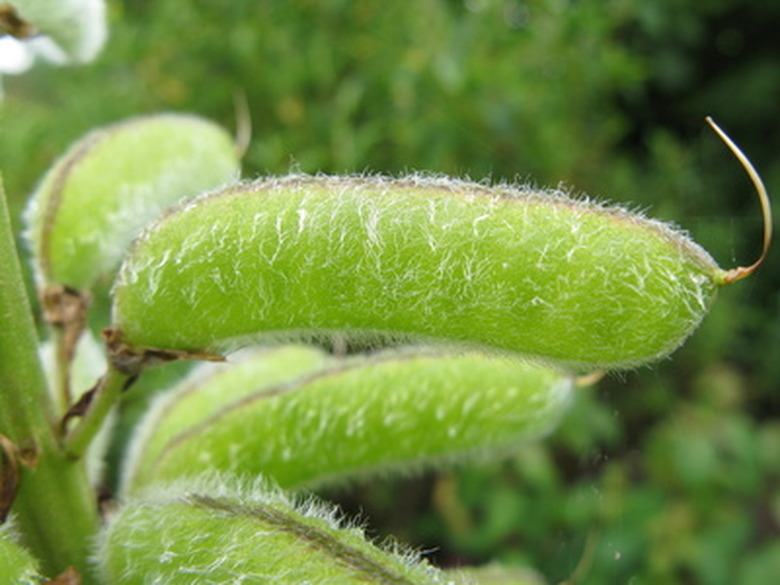How To Harvest Lupine Seeds
Things Needed
- Scissors (optional)
- Newspaper/paper towels
- Envelopes
- Airtight container
Lupines grow wild across much of the U.S., creating blankets of color in early summer. Wild lupine ranges from white and pink, to shades of blue and purple. Cultivated varieties introduce yellow, orange, red and salmon to the garden bed. Blooming on tall spikes, lupine gives the illusion of a spiral of tiny blooms that tapers to a point at the top. Propagating lupine from seed is relatively easy, but should not be attempted from hybrid varieties. Hybrids do not reproduce true to form and may produce inferior plants.
Step 1
Choose healthy, vigorous plants for seed production. Seeds carry the genetic makeup of the plant and typically produce characteristics of the parent plant. Consider blooming time, size and color when selecting plants to produce seeds.
- Lupines grow wild across much of the U.S., creating blankets of color in early summer.
- Cultivated varieties introduce yellow, orange, red and salmon to the garden bed.
Step 2
Allow lupines to bloom and set seed. Deadheading to remove faded blooms prevents the plant from forming seeds.
Step 3
Check the seeds when the pods yellow and turn brown. Lupine pods look like small pea pods and produce a row of tiny white seeds that turn dark brown or black when mature. Open the pod with your fingers. If seeds are hard and dark, it is time to harvest the pods.
Step 4
Harvest the seedpods on a cool, dry day after the dew has dried on the plants. Snip or pick the pods from the plant.
- Allow lupines to bloom and set seed.
- Check the seeds when the pods yellow and turn brown.
Step 5
Open the pods and remove the seeds.
Step 6
Spread seeds on a newspaper or paper towel and allow to dry completely for two to three days to remove any excess moisture.
Step 7
Place seeds in a sealed envelope. Mark the date and the type of seed. Store the envelope in glass jar or airtight container to prevent damage from moisture or insects.
Warning
Lupine seeds require cold stratification before planting in spring. Place seeds in the refrigerator for four to six weeks before planting.
